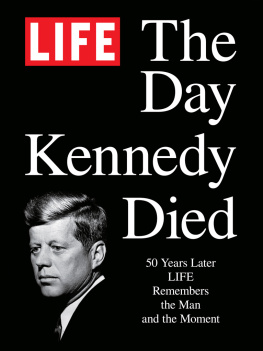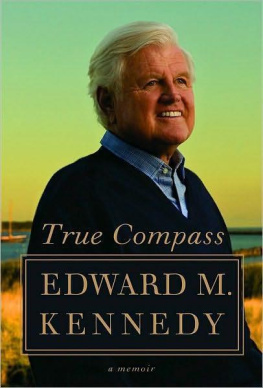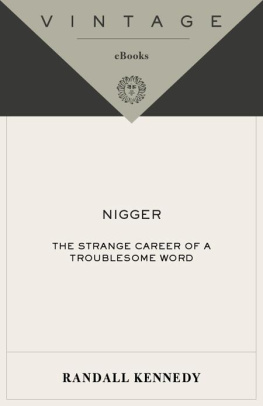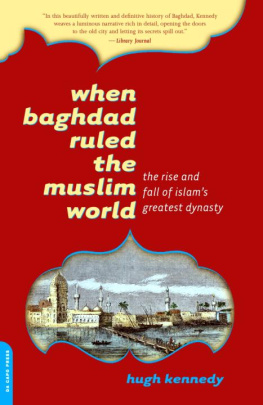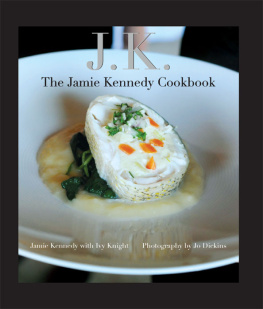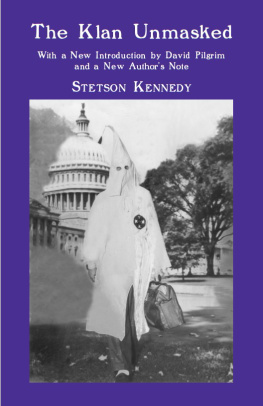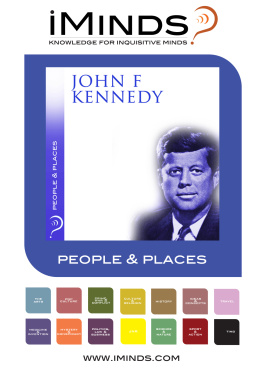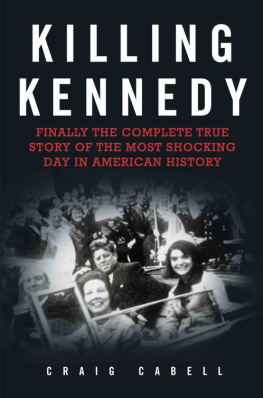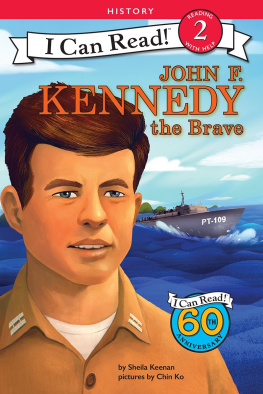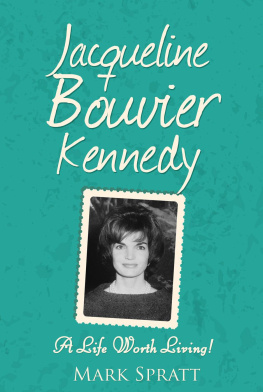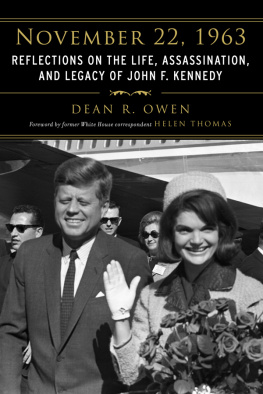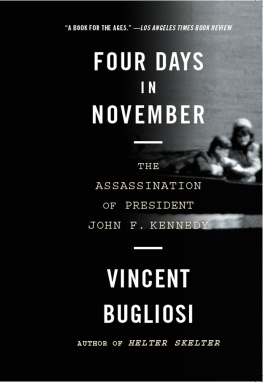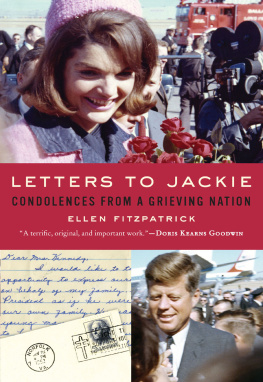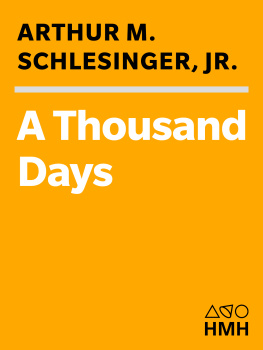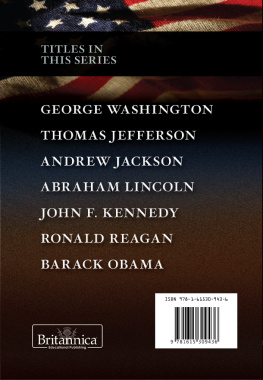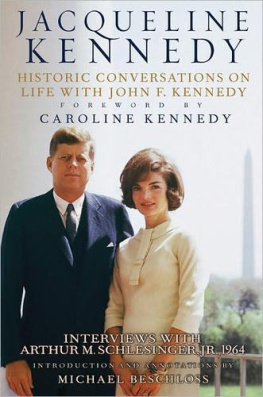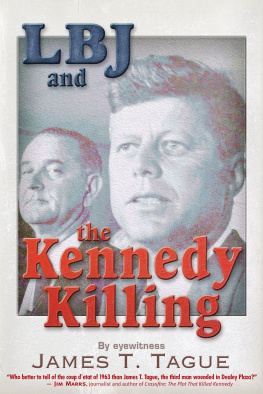

CORBIS
The boy who would be President in 1926 at age nine.
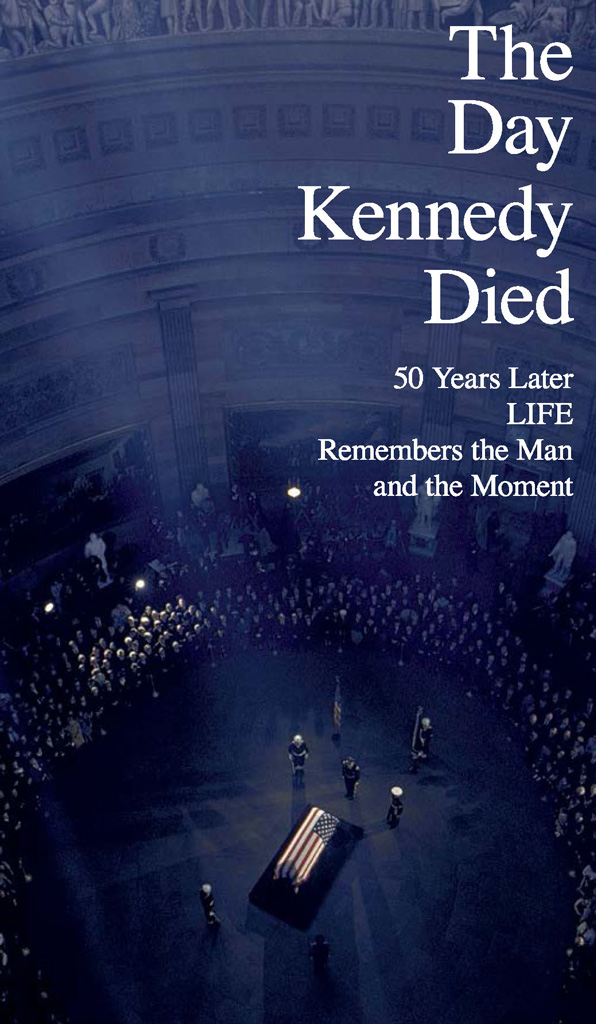
BOB GOMEL
The Presidents body lies in state in the Capitol rotunda on November 24, 1963.
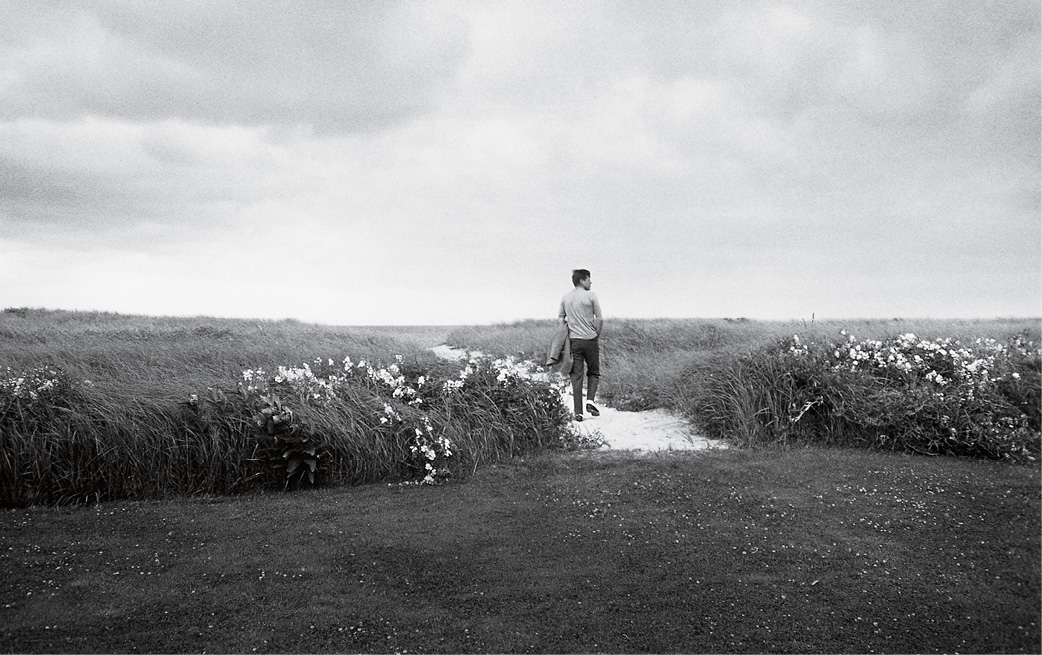
MARK SHAW/MPTVIMAGES
Senator John F. Kennedy at Hyannis Port, Massachusetts, in 1959.
Table of Contents
Navigation
Introduction
For One Brief Shining Moment
Fifty years ago, LIFE was in the midst of enjoying one of its best-ever stories: the life and times of Jack and Jackie Kennedy. Suddenly it was presented with one of its biggest stories: the murder of a President. Today, LIFE returns to both stories.
THERE ARE A FEW PHRASES that have attached themselves to the life, times, administration and murder of John Fitzgerald Kennedy. Camelot, after the musical, and the lyric from that musicals lead song, used here as the title of this introduction, are two, and another is a thousand days, also referring to the painful brevity of Kennedys term. The moment, historian David McCullough helps us understand in the foreword immediately following, was sometimes glorious, sometimes fraught, but for so many Americansincluding those who were young at the time and who are still alive 50 years lateralways shining. Kennedy and his wife, Jacqueline, shone in a new, vigorous way. That was part of the shock of his death: He looked like he would live forever.
LIFE magazine, which was at the apex of its popularity and influence when Jack and Jackie came on the American scene, was definitely complicit in the image-building. Would we choose to photograph two of the most beautiful people in the country early and often, especially when one might become (and then did become) the leader of the free world? Yes, we would. And we did. Through the years, we gave them cover after cover (Jack, 28 in all; his wife, one better at 29). LIFE was founded in 1936, and during its run as a weekly magazine, ending in 1972, there were certain stories that we considered ours. Henry Luce said that he had not founded LIFE as a war magazine but that it became one during World War II, filing dispatches for Americans on a weekly basis, even from the beachheads of Normandy. Hollywood was another of our stories, with Marilyn and Liz particular friends of ours. Vietnam. The civil rights movement. The space race. And certainly, above almost all others, the Kennedys.
In that brief list there is gloss in the glamorous actresses and there is lifes grit in the wars and the stories of social upheaval. The Kennedysand in a way the Mercury 7 astronautsfall somewhere in between. We could tour the White House with Jackie and review the renovations one week, then parse the Cuban missile crisis in those same rooms the next.
When the assassination occurred 50 years ago, LIFE was poised like no other American media outlet, print or electronic, to leap into action. We had the resources and the will, and in these pages is much of that original journalism and photojournalism, with recollections of those who were there and opinions on what it all meant going forward. The frames of the Zapruder film, first acquired for LIFE by our Los Angeles bureau chief Richard B. Stolley, is presented here, for the first time ever, as is Stolleys detailed remembrance and also that of Abraham Zapruders granddaughter Alexandra. LIFE photographer Allan Grant and correspondent Thomas Thompson located the Oswald family on the very evening of the assassination, and their report is presented here in fullwith an explanation about why it didnt run back in the day. We have fanned out with our current reporting to include a look at the never-ending conspiracy theories and a visit with the last surviving member of JFKs so-called Irish mafia. We have made new pictures of artifacts at The Sixth Floor Museum at Dealey Plaza in Dallas. We have interviewed or accepted writing from more than two dozen prominent world citizens, in answer to the question everyone is always asked about JFK: Where were you when you heard? We have tried to emulate LIFE s original energy and seriousness of purpose in telling this storythe assassination of a President50 years later. If the memories of our contributors differ as to some details, the hearts of their stories beat true.
Of course, there is also the photography of Caroline and John Jr. in the White House, and of the funeral, that will take us all back in time, causing a smile or a tear.
John F. Kennedys was a brief shining moment, followed by a brief awful moment. Fifty years later, it is worthwhile to remember both.
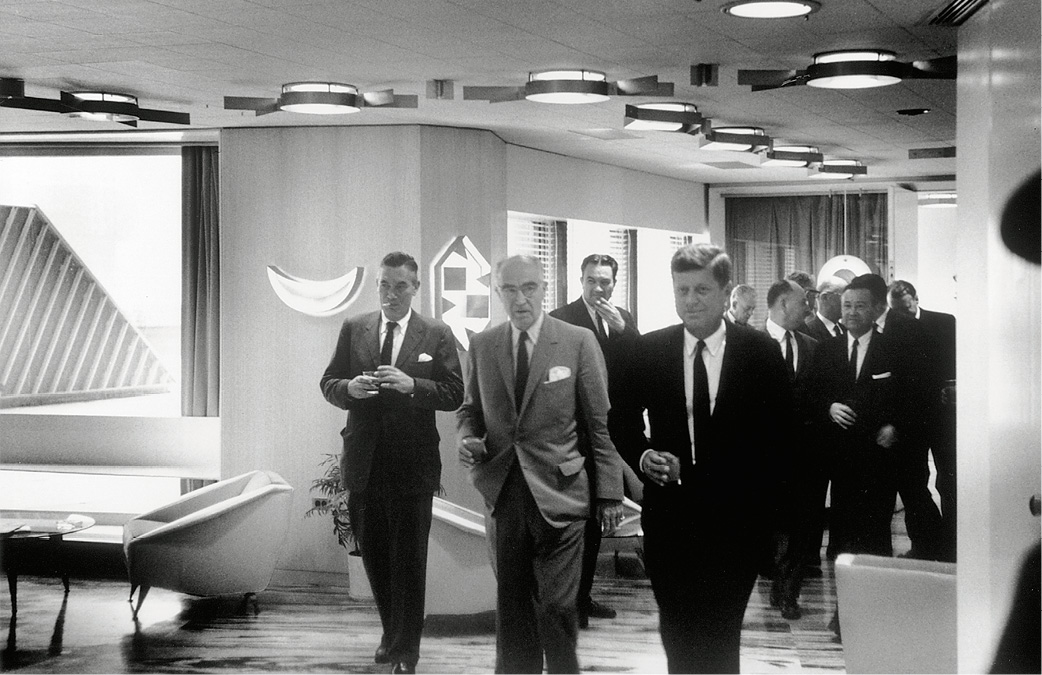
MARGARET NORTON
In 1960, Henry Luce, the founder of Time and LIFE , escorts presidential candidate John Kennedy through the halls of the Time & Life Building.
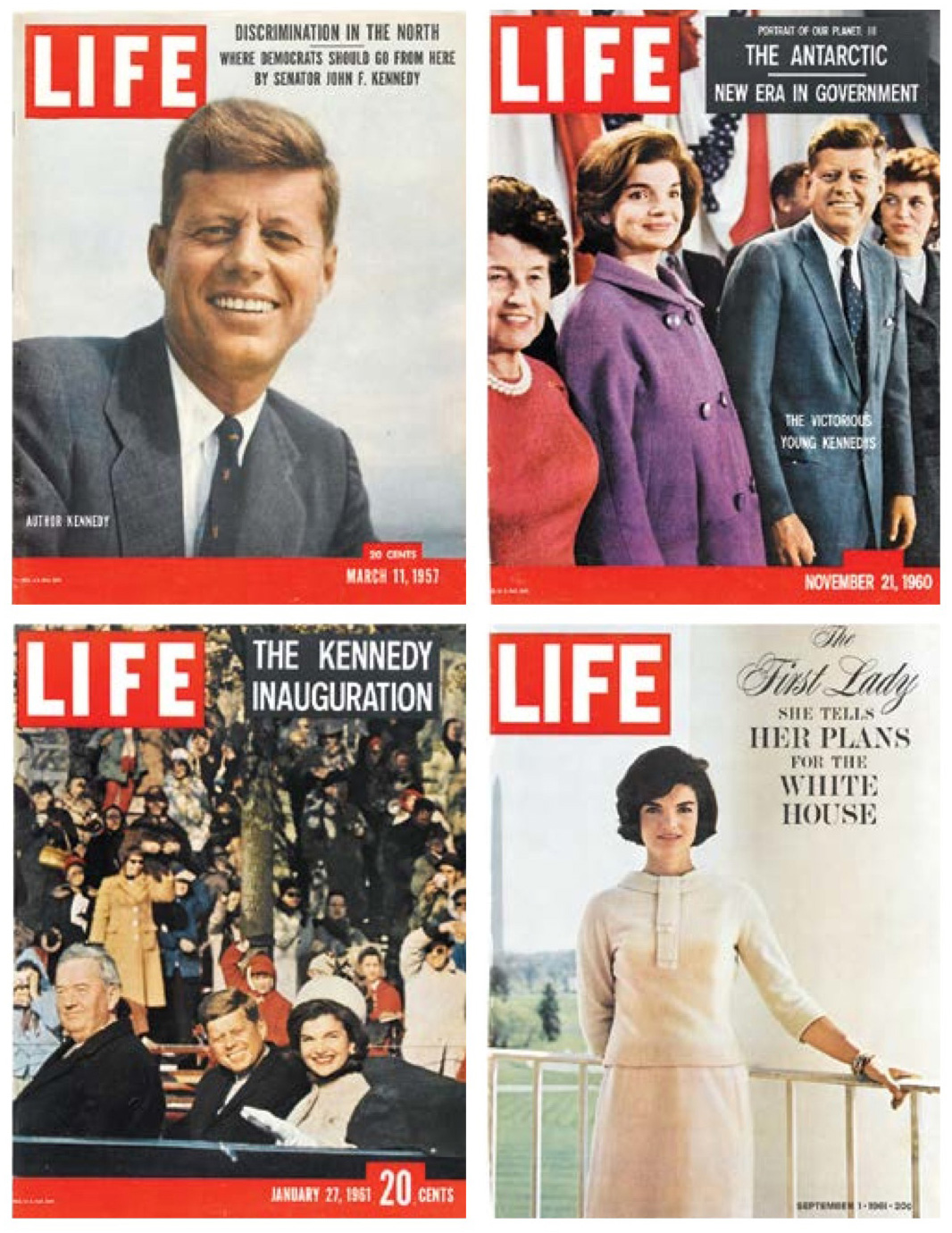
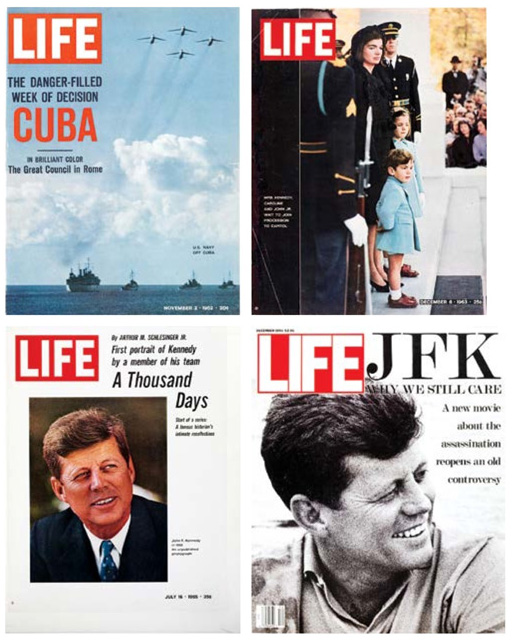
Foreword
A Death in the American Family
A Conversation with David McCullough
The historian helps us understand why John Fitzgerald Kennedy still mattersand why he mattered greatly to McCullough himself, 50 years ago.
THE PREEMINENT AMERICAN HISTORIAN OF our time is David McCullough. Some critics might put forth a second or third nominee, but were in McCulloughs camp. Twice a Pulitzer Prize winner and also the recipient not only of a National Book Award but also our nations highest civilian honor, the Presidential Medal of Freedom, the 80-year-old native of Pittsburgh has for years spent the nice months living and writing on the island of Marthas Vineyard, just across the sound from the Kennedy compound in Hyannis Port, Massachusetts.
Particularly when it comes to John F. Kennedy, McCullough is well suited to set the stage for us. Its not that he is a JFK biographer or a chronicler of the familyhe isnt, at least not yetbut he has analyzed and thought for many years about the grand sweep of American and presidential history, and also, when he was a younger man, he himself was swept up by the Kennedy aura. In fact, he found his calling after having been influenced by Kennedys deep personal interest in history. Moreover, here at Time Inc., the parent company of LIFE Books, McCullough is not only a proud alumnus, but was working for the firm when JFK went to the White House. McCullough, too, quickly went to Washington and likewise found employment in the government (albeit in a position of different scope and scale). Told that LIFE is commemorating the life and legacy of John Fitzgerald Kennedy, 50 years on, McCullough says he is happy to help, and, remembering the magazines coverage of the time, adds graciously, Its great youre doing this. Its wonderful. Youre the right ones to do it.
McCullough is at home today on a pleasant day in late May, as rising temperatures are finally chasing away a chilly spring. He is asked to begin with the professional perspective: What is it about Kennedy? Why, a half century on, is such attention still paid to him, who after all had such a relatively brief residence at 1600 Pennsylvania Avenue?
Next page
